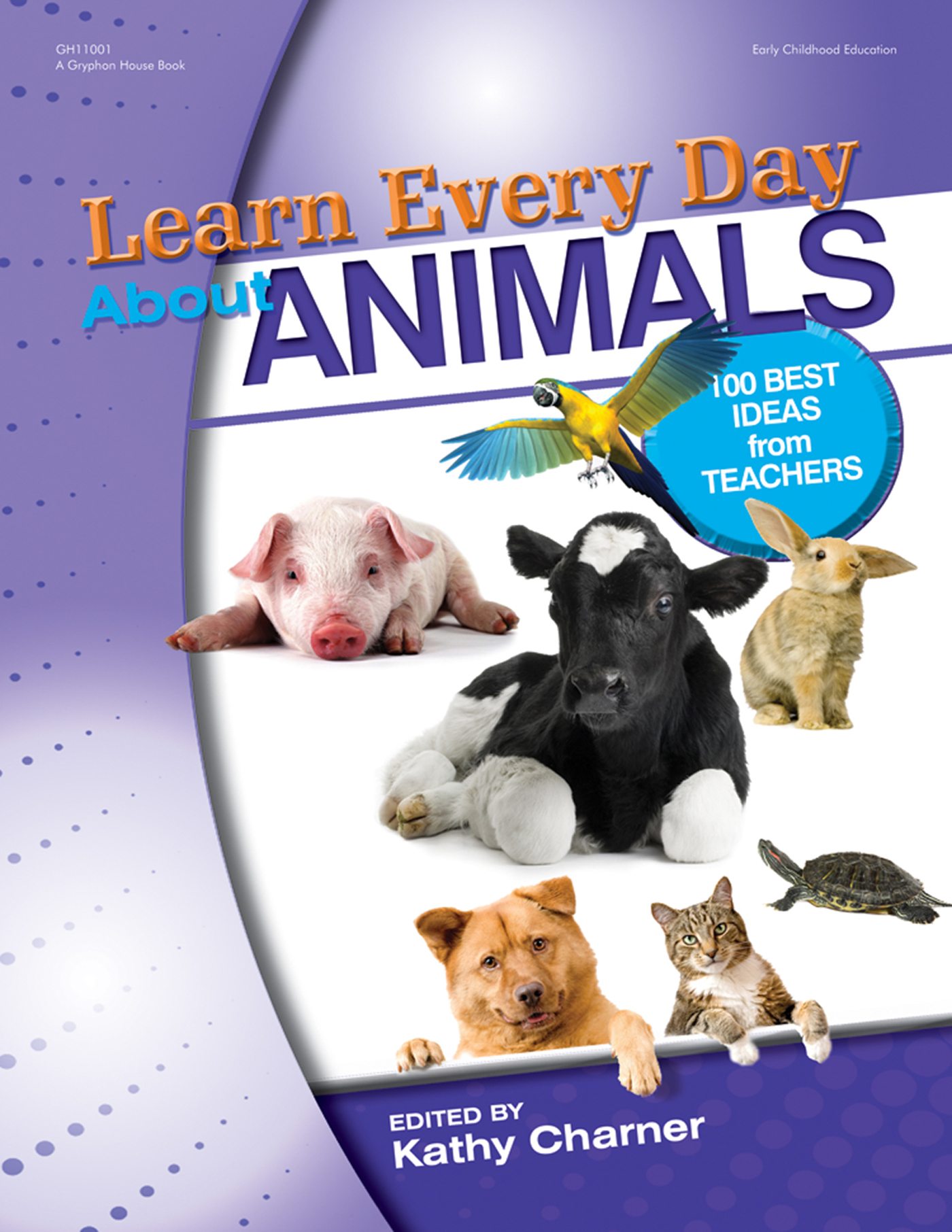Materials
- set of lowercase alphabet cards
- set of animal picture-word cards (try to have
- at least 3 per letter)
- bag for the pictureword cards
What to do
1. Display the lowercase alphabet cards on a chalk rail or rug where all the children can see them.
2. Ask a child to draw out an animal picture-word card and name the animal. Ask another child to name the initial letter on the word card, and then ask a third child to put the picture-word card by the correct alphabet card.
3. Choose a fourth child to draw out a new picture-word card and repeat the process.
4. To put away the cards when the children finish sorting them, ask a child to collect all the cards matching a certain letter.
- A: alligator, ape, antelope, anteater
- B: bear, baboon, beaver
- C: camel, cow, cat, cobra, capybara
- D: dog, duck, deer, donkey
- E: elephant, eagle, emu, eel
- F: fish, frog, fox
- G: goat, gorilla, goose
- H: horse, hare, hippopotamus, hamster, hen
- I: iguana, inchworm, ibex, ibis
- J: jaguar, joey, jackal
- K: kangaroo, kitten, koala
- L: lion, lamb, leopard, lizard
- M: monkey, mule, macaw, manatee, mink
- N: needlefish, nightingale, newt
- O: otter, ostrich, orangutan, opossum, owl
- P: pig, penguin, parrot
- Q: quail, quetzal, quokka
- R: rooster, raccoon, rabbit, robin, ram
- S: seal, slug, snake, sea lion, stag
- T: turtle, tiger, turkey, toad
- U: umbrella bird, uakari, ungulate
- V: vulture, vampire bat, viper
- W: walrus, wolf, wallaby, worm, water buffalo
- X: x-ray fish, xiphosuran
- Y: yak, yellow-jacket, Yorkshire terrier, yearling
- Z: zebra, zander, zebu
Teacher - to - Teacher Tip
To extend the lesson, use name cards of the children's names to sort as well.
Assessment - Consider the following:
- Can the children match the animals to the letters?
- Can the children say the names of all the animals?
-Susan Oldham Hill, Lakeland, FL
Instructions
* From the fake fur material, cut long teardrop shapes at least 10" long with the
widest part 3" wide. Cut one shape per child and one for you. From the felt
scraps, cut semicircles about 1/2" wide. Cut two per child and two for you.
* Help the children assemble their fur pets. Glue two wiggle eyes at the widest
end of your teardrop shape. Glue two semicircles above the eyes with the
rounded ends facing toward the tail end.
What to Do
1. Talk about treating the animals we keep
as pets with kindness: playing gently with
them, feeding them, making sure they
have water, and exercising them. To show
how animals appreciate being stroked
gently, bring out your fake fur pet from
behind you or from your pocket.
2. Lay it on the carpet and stroke it firmly but
gently. It should rise to meet your hand, as if
in appreciation. Help the children make fur pets by letting them put wiggle
eyes and felt semicircles on dots of glue you place on their teardrop shapes.
3. While waiting for the glue to dry, discuss how animals might protect
themselves if not treated gently.
Assessment
Consider the following:
* Do the children play kindly with their fur pets?
* Do the children stroke their fur pets gently?
